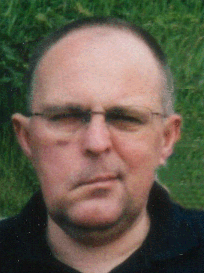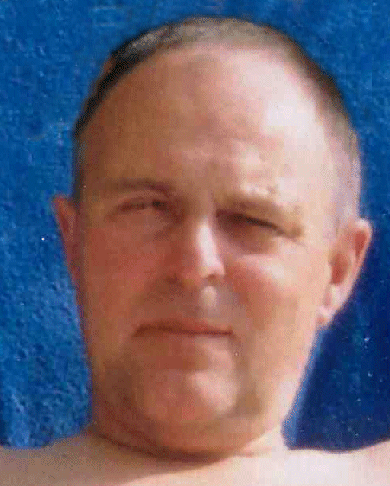BARRIE'S STORY - An acoustic Neuroma patient
14. FACIAL PALSY
When I first left the hospital where the operation was undertaken, I was given an appointment to see a facial physiotherapist in late May 2002. When I was assessed by the day hospital at my local hospital I was told that an earlier appointment could be arranged with a physiotherapist at the local hospital. This was arranged and she advised me to obtain an electrical stimulator.
In retrospect this was a bad move and eventually I abandoned the local physiotherapist and returned to the physiotherapist based at the hospital where I was operated on. She does not believe that the case has been proved for the benefit of electrical stimulators. The delay of two months to see the facial physiotherapist was valid, since little change in the state of my face occurred in the first two months after the operation. I had joined BANA (British Acoustic Neuroma Association) soon after my operation. They had obtained some money to make a film about the condition to be called 'Don't Panic'. They were looking for volunteers to be interviewed for the film and I volunteered, not knowing I would become their example of a patient with facial palsy. The filming included me walking and doing crossword puzzles. I was interviewed and asked a number of questions. Firstly, I was asked what I thought when I was first told I had an Acoustic Neuroma. My answer was that I was relieved that someone had been able to tell me what was wrong with me. At the time I had not fully appreciated the problems that would afflict me. The second question was how had the facial palsy affected me. My answer was that I had got used to the palsy, and if others had a problem with it, then that was their problem. I believe this is the only way to view the problem. For a woman considerable help is possible through the use of makeup and longer hair. As a man I am less concerned about my looks and so can shrug off the effect more easily.
In retrospect this was a bad move and eventually I abandoned the local physiotherapist and returned to the physiotherapist based at the hospital where I was operated on. She does not believe that the case has been proved for the benefit of electrical stimulators. The delay of two months to see the facial physiotherapist was valid, since little change in the state of my face occurred in the first two months after the operation. I had joined BANA (British Acoustic Neuroma Association) soon after my operation. They had obtained some money to make a film about the condition to be called 'Don't Panic'. They were looking for volunteers to be interviewed for the film and I volunteered, not knowing I would become their example of a patient with facial palsy. The filming included me walking and doing crossword puzzles. I was interviewed and asked a number of questions. Firstly, I was asked what I thought when I was first told I had an Acoustic Neuroma. My answer was that I was relieved that someone had been able to tell me what was wrong with me. At the time I had not fully appreciated the problems that would afflict me. The second question was how had the facial palsy affected me. My answer was that I had got used to the palsy, and if others had a problem with it, then that was their problem. I believe this is the only way to view the problem. For a woman considerable help is possible through the use of makeup and longer hair. As a man I am less concerned about my looks and so can shrug off the effect more easily.

After my operation had been undertaken, I was informed that my facial nerve had remained intact and was not cut during the operation, but it was well stretched by the tumour. This resulted in a slow regrowth of my facial nerve, which would have died and then had to re-grow from the root of the nerve in the brain. My physiotherapist was quite happy with the small change in my face that I had seen by October 2002, but my ophthalmic surgeon thought it was not very advanced. He got me to assure him I would see the consultant who had performed my operation fairly soon for her to assess the situation. On meeting with her, she felt my face needed review, so she arranged for me to see a specialist who would undertake facial nerve electrical tests. When I saw him, he tested my facial muscles with an electrical probe that provided an electrical signal to an analyser that generates sound, visual and printed output. It was clear that the nerves were growing back but had not reached a point that they were sufficient to move the muscles.

No movement is possible until about 25% of the nerve bundle to a particular muscle have regenerated. When about 75% of the nerve bundles are re-established then all the muscle movement is possible. My facial muscles started to move after about 7 or 8 months after the operation. Full movement has still not completely returned but distinct improvement has occurred as can be seen in the two pictures to the left. The first picture was taken in May 2002 and the second picture was taken in August 2003. Over a period the main part of my face has realigned back to a more normal position when my face is at rest. It distorts still when I talk or smile etc. I have noticed that as the nerves have been re-growing I have experienced a continual nagging pain in my face. This has been particularly prominent in hot weather. The muscles in my face are still tight, I still need a straw to drink and, although much less of a problem, keeping food in my mouth can sometimes still be troublesome.